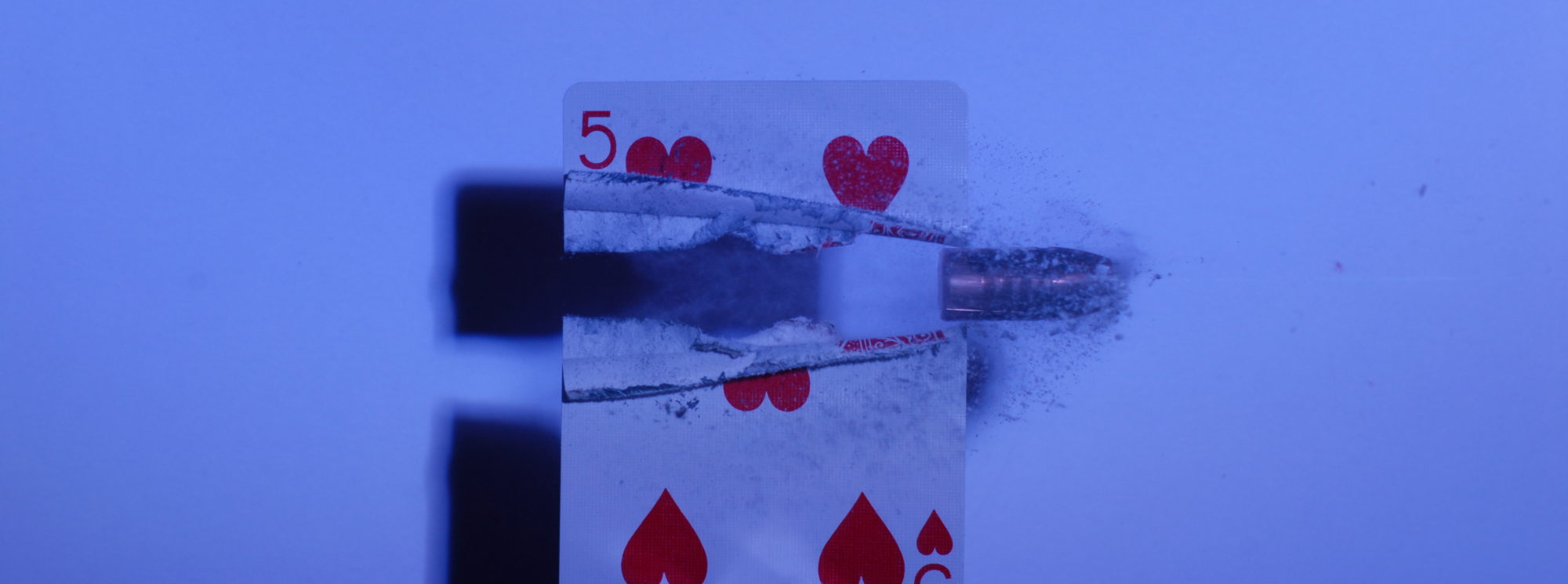Finding large amounts of scrap lead is every casters dream. A good lead supply will keep a caster casting bullets for years. Due to environmental concerns, and an society that is fearful of lead in general, traditional sources of lead are drying up.
Steel and Zinc wheel weights are becoming common place. Furthermore most tire shops belong to a recycling program and are reluctant to give up their scrap wheel weights. Junkyards will typically ask for at least the clean scrap value of .50 cents or more per pound of scrap lead. Gone are the glory days of cheap and easy scores of lead.
So when someone such as myself finds a lead source, we’ll snatch it up, and then store it for three years before finally getting around to cleaning it up. That is how this project started.

The lead I collected was from a shooting range. So it is mixed with lead, bullet jackets, plastic from shotshell wads, and who knows what else. I cast my bullets with a 20lb Lee Bottom Pour Pot, and it’s really not a good option for processing large quantities of lead. What I use is a large propane burner, I purchased from Amazon for about $80 bucks.

The melting pot is a large pot I bought from a local thrift store, the screen I use to scoop out the jackets was also bought at the thrift store. I cast the ingots in steel muffin tins, which was also a thrift store purchase. All in all the set up cost me under $100 sans the propane.
It should be noted that everything I use when it comes to processing lead is dedicated to that use. I do not use my wife’s muffin tins, or her hot bath canning pot. I’ll do a seperate write up on lead safety, but for now just know that what you use for working for lead should be dedicated to the soul task of working with lead.


Winter time is the prime time to do this work. Working around hot lead, and hot lead pots get hot. We had a beautiful day of 40 degree weather. Perfect for rendering down scrap lead.

Lead melts down quite a bit. So you can have the pot full of lead and within 20 or 30 minutes it will appear half full.


It takes the longest to get everything warmed up. Once the lead in the pot is molten, subsequent additions to the pot will melt faster than the initial warm up. Still it takes some time. So make sure you have some music, and a decent book. Once things start warming up, you can’t leave it unsupervised.




When I’m processing lead, I try and keep a pot that is half full. This makes things go faster. The molten lead helps to melt the new addition to the pot. Once things get going, I am typically casting new ingots ever 20 to 30 minutes and it doesn’t take long to build up a pile.

I do try and get the lead as clean as I can when I am casting ingots, but truthfully I know it’s not always perfect. The little bit of dirt or dross that makes it into the ingot will be scrapped off the top of the pot when I remelt the lead during my casting session.

The burner uses a lot of propane. Which isn’t a problem. Propane is inexpensive and if a full tank of propane costs $35 bucks and I can get 1000lbs of lead out of it, then that’s only 0.035 per pound of lead. The issue is how fast the propane is used tends to cool the tank down to the point where it’ll stop providing enough propane to fuel the burner. For this reason it’s handy to have a second bottle of propane to swap to when the first gets a little too chilly.

At the end of the session, about six hours, I casted ~480lbs of lead. This resulted in 210 lead muffins. To put that into perspective that will cast ~14,600 230gr .45 cal bullets. This will keep me casting and shooting for a long time.

As far as scrap goes, this is probably some of the dirtier lead I’ve had to deal with. The scrap bullet jackets have to be disposed carefully so they have time to cool, hence the use of metal buckets. There is lead dust, so you have to wear a respirator when pouring scrap into the pot and handling the dross. I tossed all the buckets that has lead dust on them. Some may say it’s not worth the effort, and stick with wheel weights or other forms of less contaminated lead. I see their points, but I guess it is to each his or her own.
The same equipment and method can be used for any type of scrap lead and that is the purpose of this write up. For the price of a 20lb Lee Pro lead pot and a mold or two you can have a set up that will render lots of lead fairly quickly.
